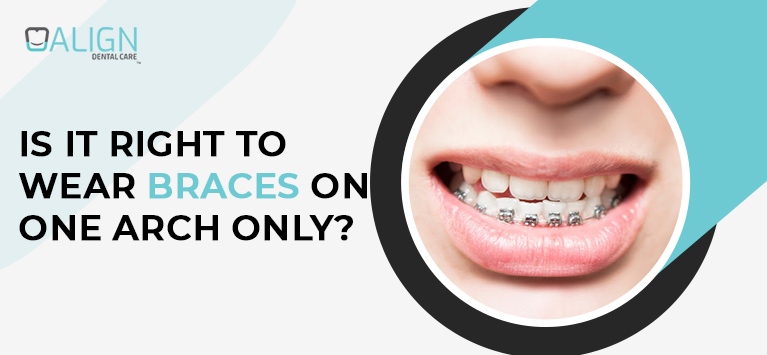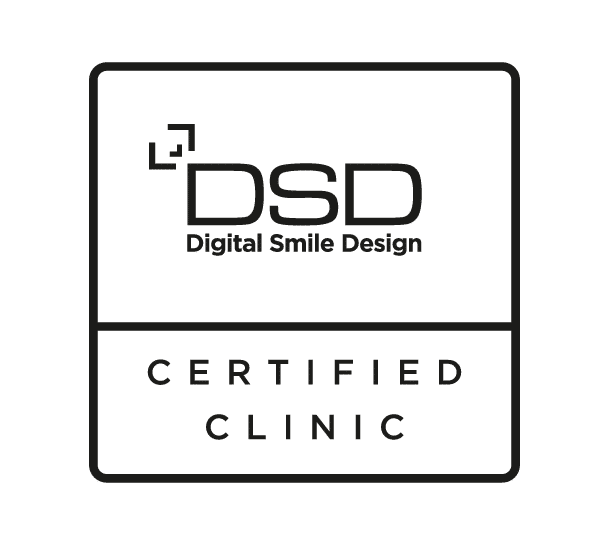
Different types of mouthguards for sports person
A mouthguard (mouth protector) is a flexible custom fitted device worn over teeth during athletic and recreational activities to protect them from damage. A good-fitting mouth guard may be especially important if you wear braces, have fixed anterior bridgework or just want to protect your teeth/smile from potential trauma. Mouthguards can buffer damage to the teeth, the brackets and/or other fixed appliances from blows and physical contact. Mouthguards can also act as a barrier between teeth/braces and the cheeks, between the lips and tongue, thereby limiting the risk of soft tissue damage.
The ideal mouthguard also:
- Allows speaking and does not limit breathing.
- Stays firmly in place during action.
- Provides a high degree of comfort and fit.
- Is durable and easy to clean.
Wearing a mouthguard is an important precaution for athletes of all ages and abilities, helping to protect against chipped or broken teeth, root and bone damage, and tooth loss. Mouth guards also safeguard against serious injuries such as jaw fracture, cerebral hemorrhage, concussion and neck injuries by helping to avoid situations where the lower jaw jams into the upper jaw. By keeping soft tissue in the oral cavity away from the teeth, mouth guards help prevent cutting and bruising of the lips, tongue and cheeks, especially for athletes who wear orthodontic appliances.
There are three types of sports mouthguards available:
1) Stock
This is a ready-made or over-the-counter device available in a few sizes. This type of mouthguard is usually made from polyurethane, a copolymer of vinyl acetate, or ethylene. It is inexpensive, provides a low level of protection, has little retention, and is often not comfortable. Since retention is poor, the athlete holds the mouthguard in place by clenching his or her teeth together.
2) Self-adapting
This is known as the “boil-and-bite” type and is available over-the-counter. This type of mouthguard is usually made from ethylene-vinyl acetate (EVA). This device is a thermoplastic rim, which is heated in hot water and then placed in the mouth to be adapted to the teeth by biting down. This type of appliance is relatively inexpensive and can be replaced frequently in athletes with a mixed dentition or by individuals who are experiencing rapid growth. However, it is often bulky and does not retain its shape over time.
3) Custom-made
This type of device is fabricated in a dental laboratory on a cast taken from an impression made by a dentist. This type of mouthguard is usually made of a thermoplastic material that is heated and adapted to the cast under pressure or with a vacuum form machine. Although it is the most expensive, this type of mouthguard is the most durable and the most retentive of the three types available. The custom-made mouthguard offers the best fit and the most protection of any of the protective devices. Custom-fitted mouth guards are designed to cover all the teeth and can cushion against falls and blows to the chin. Some custom-fitted mouthguards have hard outer layers and soft inner linings for comfort against the teeth and gums. Some are made of acrylic, while others are semi-rigid, flexible and made with materials for patients allergic to acrylics.


























